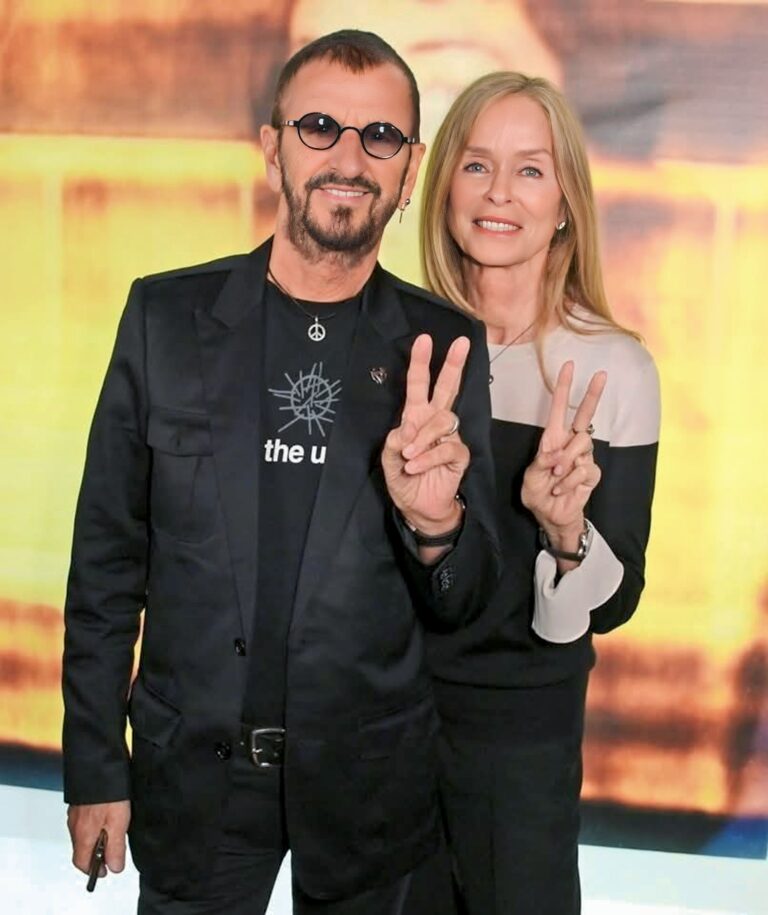I picked up my vinyl copy of Depeche Mode’s Violator back in 1990 while I was studying in Australia. The album—Depeche Mode’s seventh studio release—had just hit the shelves on 19 March 1990, and I couldn’t resist grabbing it as soon as I spotted it.
I remember buying it at Brashs, a popular music store back then, though the exact price escapes me—probably around AU$18. A week later, I discovered imported UK pressings of the album were selling for just AU$9 at Melbourne’s Central Station Records, and I kicked myself for not finding that deal first.
Genre and Style of Violator
As for the album itself, “Violator” sits squarely in the electronic genre, with Depeche Mode embracing their signature synth-pop sound throughout. The record blends lush synthesizer layers, moody atmospherics, and Martin Gore’s songwriting to create something unmistakably Depeche Mode—dark, stylish, and utterly danceable.
The Many Faces of Violator: Labels and Catalog Numbers
As I discovered not long after my own trek to Brashs, Violator wasn’t just pressed and released in Australia. The album seemed to spread like a synth-pop virus, cropping up in record stores and collections all across the globe—each version with its own unique catalog number and label combination to match. For the record nerds among us (and I say that lovingly, as one myself), tracking these down can become a bit of a hobby—or an obsession, if you ask my younger self.
Here’s a quick tour around the world in Depeche Mode vinyl and assorted formats:
- United Kingdom: Most UK pressings bear the “Mute – Stumm 64″ marking, whether on vinyl, CD, or cassette. If you see “CD Stumm 64,” you’ve got a British CD.
- United States: Look out for combinations like “Sire 9 26081-2″ or “Reprise Records 9 26081-2″ on CDs and “Sire 9 26081-1″ for vinyl editions.
- Australia: Local copies tend to show “Liberation Records – L30431″ (vinyl) or “D30431” (CD), with “Mute” often listed alongside.
- Germany: German editions feature catalog numbers such as “Mute – INT 846.859″ (CD) and “INT 146.859” (vinyl), usually paired with the familiar “Stumm 64.”
- France: French releases are marked “Virgin – 30743″ or “Mute – 30743″ on both vinyl and CD.
- Japan: Look for numbers like “Mute – ALCB-33″ or “Mute – ALCB-35″ for those iconic Japanese CDs.
- Czechoslovakia, Benelux, Spain, Italy, Greece, Mexico, Argentina, Brazil, Venezuela, Scandinavia: Each country added its own twist—mixes of catalog numbers like “STUMM 64,” sometimes with a local label or odd spelling (bonus points for catching the “Violador” in Argentina).
Even unofficial cassettes from Poland and regional anomalies like the gatefold sleeve in Australasia make appearances. There are club editions, promo boxes, and that mythical misprint from Scandinavia—each with a slightly different label, a changed prefix, or an extra dash somewhere only obsessives notice.
Of course, for someone simply wanting to listen, it was all the same music—just with an extra helping of collector’s mystique.
Misprints and Unofficial Releases of Violator
Over the years, Violator has seen its fair share of unusual releases and curious misprints—some of which would make even the most seasoned collector raise an eyebrow. For instance, there have been infamous pressings where Side 1 of the album is actually from Music for the Masses instead of Violator itself. That’s not exactly what you’re hoping for when you drop the needle expecting “World in My Eyes” and get “Never Let Me Down Again” instead.
Then there’s the matter of sound quality. Some reissues, particularly remastered vinyl, have drawn criticism for their low volume and noticeable surface noise between tracks. I never encountered these issues with my original, but friends who nabbed newer versions sometimes wonder if the pressing plant was asleep at the switch.
On the unofficial side, Violator proved wildly popular across Eastern Europe, especially in Poland. Throughout the ’90s, bootleg cassette editions popped up under imprints like Tact, Boogie Studio, A&A Music, and Fantom—each with subtle differences in packaging. While rarely matching the sonic fidelity of a proper release, those tapes became cherished artifacts for fans behind the Iron Curtain, where official imports were hard to come by.
In other words: If you’re a completist, tracking down all these quirks and oddities could turn into a delightful (and occasionally frustrating) scavenger hunt.
Even after 34 years, I still have the vinyl, though it’s been over two decades since I last played it. With streaming platforms like YouTube Music making the album so accessible, I never felt the urge to take it out again. Besides, the remastered versions now sound much better.
Lists and Collections Featuring Violator
Over the years, Violator has earned its place among audiophile wishlists and “best of” collections around the globe. Whether it’s being hoarded for a fantasy desert island scenario or slotted between other iconic 1990s albums, this record keeps cropping up in music lovers’ catalogs. You’ll find Violator in:
- “Top 1000 Albums of All Time” countdowns
- Dedicated 1990s retrospectives, right alongside classics from Oasis and Radiohead
- Personal favorites lists curated by synthpop enthusiasts
- Carefully compiled “Desert Island Discs” lineups, for those who can’t imagine isolation without “Enjoy the Silence”
- Collections of best pop albums, brushing shoulders with the likes of Madonna and Pet Shop Boys
- Vinyl wishlists—often marked as a must-have for both casual listeners and serious collectors
It’s clear that Violator isn’t just another relic from the past—it’s still being celebrated, replayed, and re-evaluated by music fans everywhere.
How “Violator” Stacks Up
Over the years, Violator hasn’t just earned a spot on my record shelf—it’s also become a cherished piece for collectors and fans worldwide. To this day, tens of thousands of people have sought out the vinyl, hoping to add it to their own collections. The album consistently receives high praise, with listeners around the globe awarding it an impressive average rating of 4.67 out of 5. More than 13,000 fans have weighed in, cementing its reputation as one of Depeche Mode’s most celebrated releases.
When it comes to favorite tracks, Violator has a few that stand out for me—”Enjoy the Silence,” “Halo,” and “Waiting for the Night.” I first heard “Enjoy the Silence” in 1989 on BBC radio, tuning in through shortwave while I was still in Malaysia. Before the album was released, I managed to get my hands on the 12-inch single of “Enjoy the Silence,” which featured a slower, more stripped-down version sung by Martin Gore. This was how the song was originally meant to sound before Alan Wilder transformed it into the upbeat anthem it became.
Official Music Videos from Violator
A handful of tracks from Violator received their own iconic music videos, further cementing the album’s legendary status. You’ll find “Enjoy the Silence” (complete with Dave Gahan wandering the countryside in a crown and deck chair), “Personal Jesus,” and “Policy of Truth” among the standouts. “World in My Eyes” and “Halo” also had memorable videos, each capturing that late-‘80s, early-‘90s Depeche Mode mood—moody lighting, striking fashion choices, and just enough surrealism to keep you guessing.
If you haven’t watched these in a while (or ever), most are easy to find on YouTube. The visuals pair perfectly with the remastered audio, making for an experience that’s just as compelling now as when they first hit MTV.





